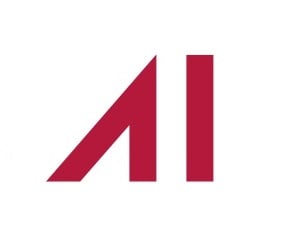The hearing panel notified its decision on Plan Change 79 (PC79) on 9 August, which included significant changes to the transport rules in the Auckland Unitary Plan (AUP). The changes are primarily in chapters E27 (the transport chapter) and E38 (the urban subdivision chapter).
With these changes needing to be considered as part of the resource consent process, you might be questioning what this means for your proposed development? The key changes are summarised below. The full changes included in PC79 can also be accessed on Auckland Council’s website.
Trip generation
The AUP now has a two-tier approach to residential trip generation assessments. The lower threshold requires an assessment of active modes and public transport infrastructure within the immediate vicinity of the development site, while the higher threshold requires a full assessment of effects on the transport network (which remains unchanged from before).
We understand the reason for these changes relates to the removal of minimum parking requirements and the need to improve access by alternative modes of transport.

Access changes:
Residential pedestrian access
There are significant changes for pedestrian access in residential areas. PC79 introduces new rules for pedestrian access design, including an increased minimum width and the need for footpaths to be vertically raised where they are adjacent to vehicle access.
The rationale for these changes relates to the increase in the number of developments with pedestrian only access, and developments with high numbers of dwellings being served from a single vehicle accessway.
Vehicle access
PC79 increases the minimum legal width for accessways serving between 4 and 10 sites to a minimum of 6.9m. This is a consequential change resulting from the changes to the pedestrian access standards. Additionally, accessways in residential zones that exceed 30m in length must include speed management measures every 30m.
Residential small loading space
The AUP now requires a small loading space in developments with ten or more dwellings that have frontage to an arterial road (with some exceptions). A small loading space is defined as being 6.4m long and 3.5m wide. This is enough space for a delivery van.
The reason given for this change relates to the increase in light commercial vehicle trips (e.g., ridesharing, couriers delivering online shopping, etc.), particularly in residential developments with limited or no parking.
Residential cycle parking
The AUP now requires one long-term cycle park for every dwelling without a garage or a basement parking space. This is a change from the existing requirement, which only requires long-term cycle parking for developments of 20 dwellings or more.
Accessible parking
Applicants now need to refer to the new Parking Demand Guidelines Appendix to determine the number of accessible parking spaces required. For developments in business zones, accessible parking will need to be provided as per the Parking Demand Guidelines, where parking is proposed. All developments of 10 or more dwellings in residential zones (excluding developments in the THAB zone) are required to provide accessible parking as per the Parking Demand Guidelines, regardless of whether parking is provided.
The reason given for this change is to enable all Aucklanders to participate in their communities and provide housing choice.
What this means for you
The PC79 changes will generally increase the amount of site area that will be required for access and loading. However, Council indicates that once PC78: Intensification is considered, overall yield will be maintained or increase. Beyond development sites, changes to the trip generation rule may require applicants to improve active modes and public transport infrastructure, such as upgraded footpaths or improved pedestrian crossings.
It will take some time to understand how these changes will play out in the resource consent process. Get in touch with Liam to learn more about how Abley’s transportation planning experts can support you with your proposal or what the PC79 changes mean for you.
.png?width=556&height=152&name=Abley_MasterLogo-Website%20(1).png)


